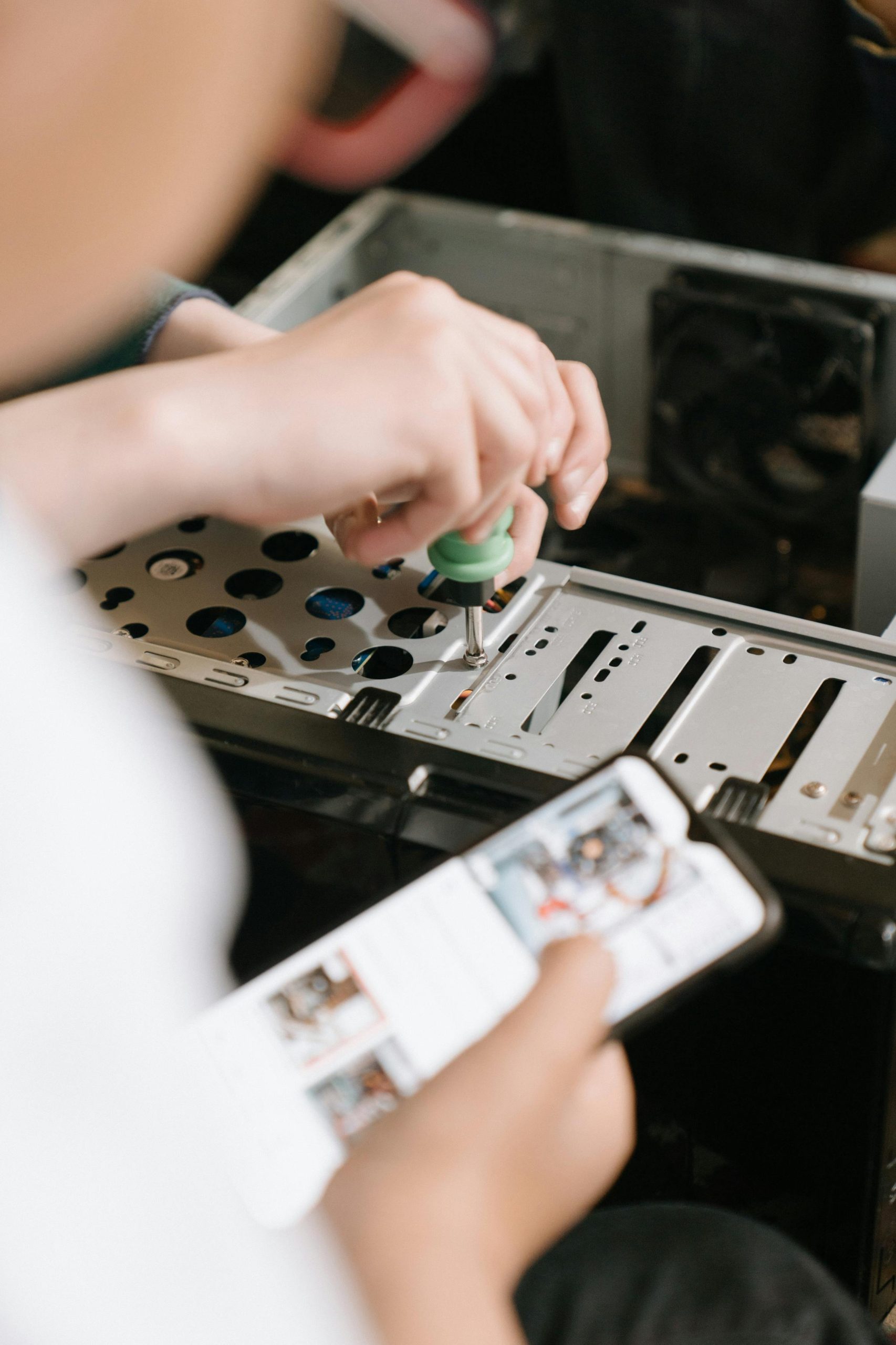Troubleshooting a PC That Won’t Boot: Addressing the “fTPM/PSP NV Corrupted” Error on BIOS Access
Building a new PC is an exciting process, but it can sometimes be met with unexpected hurdles. Recently, I completed assembling a custom PC for my son, and everything initially operated smoothly. However, upon attempting to install Windows, the system failed to boot into BIOS with an error message indicating:”New CPU installed, fTPM/PSP NV Corrupted or fTPM/PSP NV Changed.” Despite my extensive experience with PC building, this issue proved perplexing, prompting me to seek insights and solutions.
System Overview
The build features the following components:
- Processor: AMD Ryzen 5 7600X
- Motherboard: ASUS TUF Gaming B650-Plus WIFI (AM5 socket)
- Memory: Corsair Vengeance DDR5-6000 (installed in DIMM slots 2 and 4)
- Storage: Samsung 990 Pro 2TB M.2 SSD
- Cooling: Cooler Master MasterLiquid ML360L AIO
- Graphics Card: Old but reliable NVIDIA RTX 2070 Super (reused from an outdated build)
- Power Supply: EVGA SuperNOVA G3 650W 80 Plus Gold (also reused)
Initial steps to ensure a successful build included verifying all connections, performing a CMOS reset, and confirming the motherboard’s BIOS was recent (bought brand new and presumably up to date). Despite these measures, the system refused to progress past the BIOS stage with the given error.
Understanding the Error
The error message referencing “fTPM/PSP NV corrupted” pertains to issues with the firmware-based Trusted Platform Module (fTPM) or the Platform Security Processor (PSP) in AMD systems. These components handle securely storing cryptographic keys and are integral to features like Windows Hello, Secure Boot, and certain hardware encryption functions.
Potential Causes
Several factors could contribute to this error:
- Incompatible or Corrupted Firmware Settings: The BIOS may have incorrect or corrupted settings related to fTPM.
- BIOS Compatibility or Corruption: Despite being new, the motherboard’s BIOS might have issues that prevent proper TPM initialization.
- Hardware Compatibility or Faults: Reused components, such as the PSU or graphics card, might be causing conflicts.
- **Firmware Mismatch or Corruption on Storage
Share this content:



